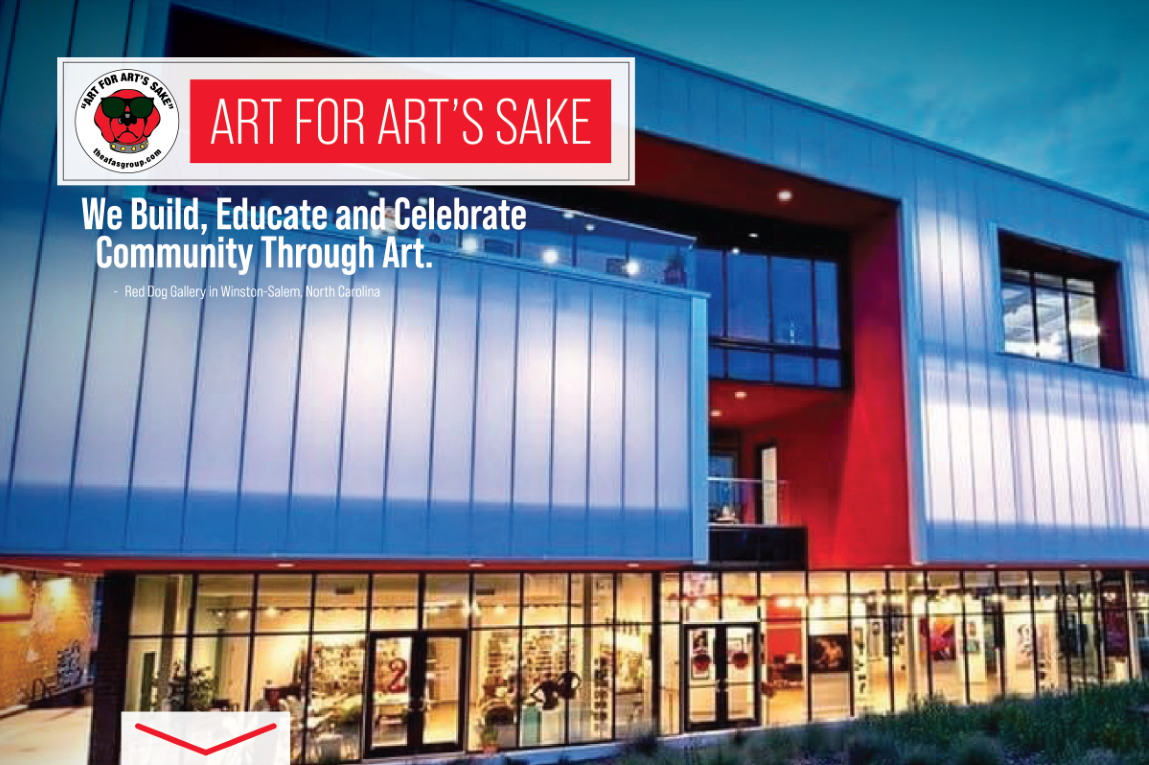Ray Travis
Type of Work: Watercolor & Raku Pottery
Contact Information
Email: raytravis83@gmail.com
Biography
I was born in Harmony, North Carolina and spent most of my youth in Newton, NC I joined the Navy in 1963 and was lucky enough to spend my whole Navy career in Thurso, Scotland. I've been a licensed electrician and worked in the nuclear industry, but my first love has always been art.
I've been drawing and painting in different media since childhood, but watercolors have become my favorite. I still paint watercolors of places I've been. I became interested in pottery much later. I moved back to North Carolina about 10 years ago. I took some pottery classes at the Saw Tooth Center in Winston-Salem where I had my first opportunity to experiment with Raku. This year I had a course at the Penland School of Arts to learn how to develop low fire Raku glazes.
Artist Statement
Travis, preferred name
Raku pottery
For several years I've enjoyed making Raku Pottery.
Raku is a type of Japanese Pottery that makes use of fire and smoke to create unusual effects. It was first used in the 16th century to create small bowls for use in the Tea Ceremony. Traditional Raku bowls were molded by hand, fired in a wood-fired kiln, removed red hot and placed in water or left in the open air to cool. Although the basic techniques are still used today, they have been modified by contemporary potters worldwide.
I use a gas fired kiln, glazes I've developed, commercial low fired glazes and glazes mixed from the recipes of other potters. I fire in a range of 1600 to 2000 degrees, often firing several times, and use shredded paper and or straw for post reduction. The results of this process are unpredictable, providing both rewards and disappointments.
My work is hand built or altered wheel thrown. I sometimes incorporate copper, glass or mica in the pieces. Most of what I do is nonfunctional. The finished Raku piece is porous and does not hold liquid. Because the red hot pottery is cooled quickly, some pieces will shatter and end up in the broken pit. The ones that survive are to be cherished. This is a slow learning process which is never-ending
Other Information
| Commission Work | |
| Sells Work | |
| Studio | |
| Instruction | |
| Sells Work at Red Dog Gallery |
